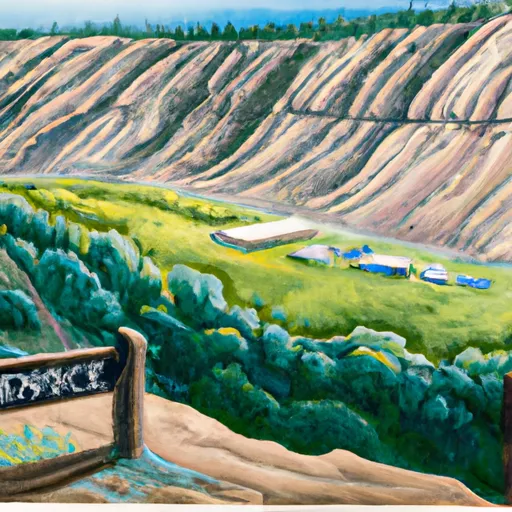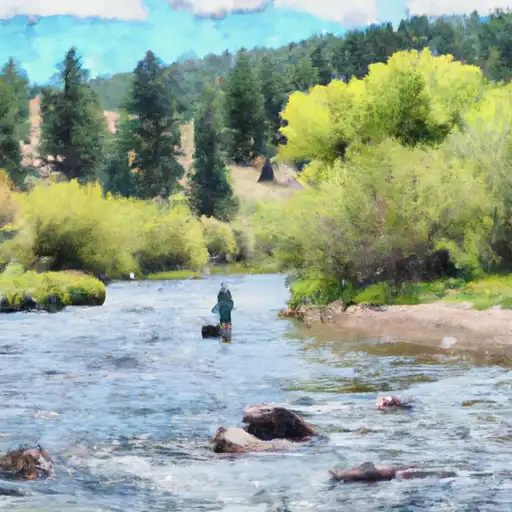Summary
It is situated in the Sawatch Range, a subrange of the Rockies, and is renowned for its stunning views and challenging yet rewarding climbing routes. La Plata Peak is the fifth tallest peak in the state and draws mountaineers from around the world to test their skills on its slopes.
During the winter season, La Plata Peak receives significant snowfall, contributing to its picturesque appearance. The snowpack range varies each year, but it generally accumulates from late fall through early spring, offering excellent opportunities for winter sports enthusiasts. It is important for climbers to be well-prepared and equipped with proper gear and knowledge of avalanche safety when tackling La Plata Peak during the winter months.
La Plata Peak has several creeks and rivers that are fed by the mountain's runoff, such as North Fork Lake Creek and South Fork Lake Creek. These waterways contribute to the surrounding ecosystem and provide a source of fresh water for various flora and fauna in the region.
As for its name, La Plata means "the silver" in Spanish, and it was given to the mountain due to the presence of silver deposits discovered in the area during the late 19th century. The mountain holds a rich history, with tales of early mining and prospecting activities, adding an intriguing element to its allure. Exploring the lore and legends surrounding La Plata Peak can provide a deeper appreciation for the mountain's significance in Colorado's heritage.
Weather Forecast
Regional Streamflow Levels
33
Cubic Feet Per Second
3
Cubic Feet Per Second
8
Cubic Feet Per Second
46
Cubic Feet Per Second
Area Campgrounds
| Location | Reservations | Toilets |
|---|---|---|
 Twin Peaks Campground
Twin Peaks Campground
|
||
 Twin Peaks
Twin Peaks
|
||
 Parry Peak Campground
Parry Peak Campground
|
||
 Parry Peak
Parry Peak
|
||
 Crescent Mining Camp
Crescent Mining Camp
|
||
 Dawson Cabin
Dawson Cabin
|

 Moache Fishing Site
Moache Fishing Site
 Deception Point Fishing Site
Deception Point Fishing Site
 South Fork Clear Creek
South Fork Clear Creek
 Mount Elbert Forebay
Mount Elbert Forebay
 Grizzly Reservoir
Grizzly Reservoir